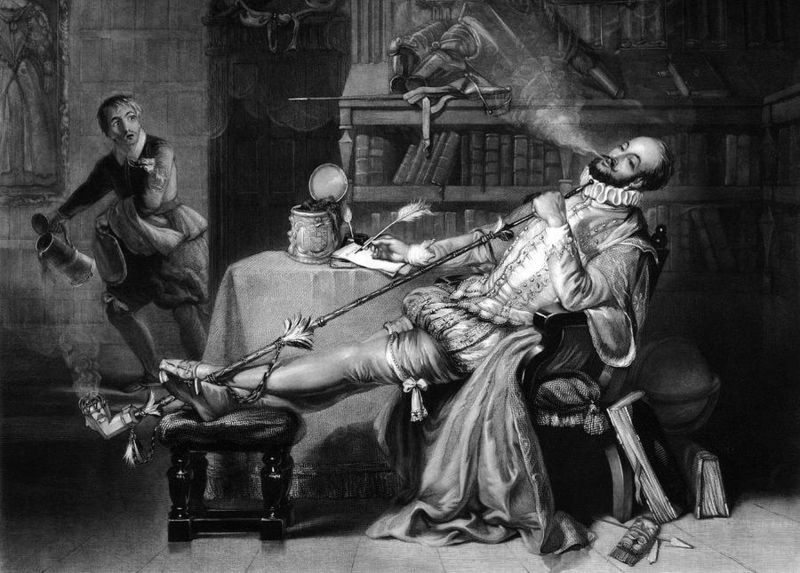The organizer and champion of England’s first attempt to establish a colony in the New World, Sir Walter Raleigh was a polymath of the Elizabethan Age. He was a sailor and explorer, a courtier, and a writer of history, philosopher, and poet who achieved near-mythic status after his death. Considered to have been the epitome of gentlemanly behavior and chivalry, Raleigh is the subject of a legend which describes him spreading his cloak over a mud puddle so that Her Majesty’s shoes and skirts would not be soiled. He was also a spy for Her Majesty Queen Elizabeth, and accused of conspiring against her as well. A man of mystery and myth, here are forty facts about Sir Walter Raleigh, polymath and adventurer.
1. He fought for French Protestants persecuted by their King

Raleigh was born into a family which was perpetually short of hard money, but which had a distinguished reputation in the West Country of England. Officially he attended Oxford (Oriel College) but during the time period of which he was supposed to be in attendance at school he was in France, fighting as a soldier of fortune against the Catholic persecution of the Huguenots. His actions in France gained him an enviable reputation as a soldier and adventurer, as well as heroic status among Protestants during a time of religious wars throughout Europe. In the early 1570s he returned to England, where he learned the law at the Inns of Court in London. He also gained note as a writer of romantic poetry.

